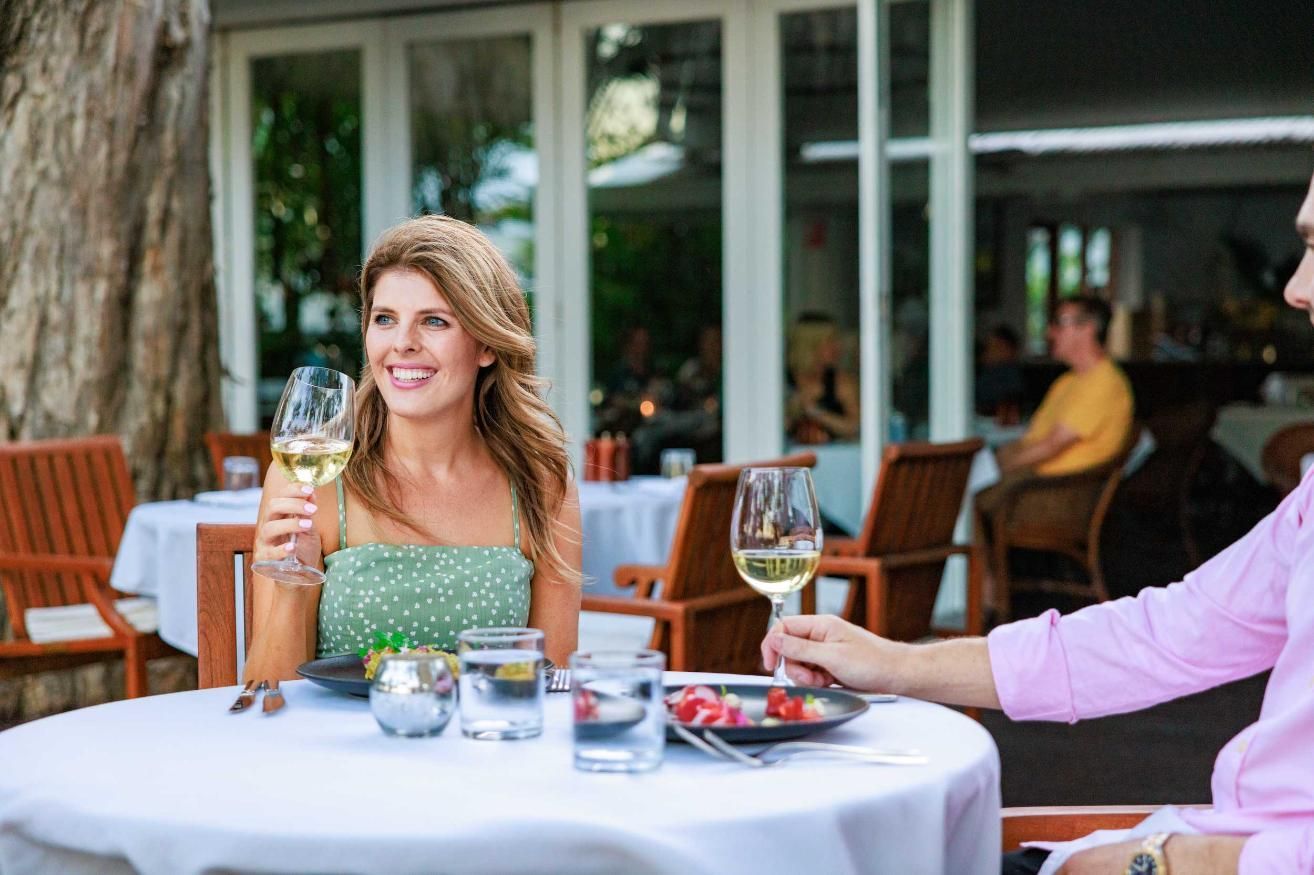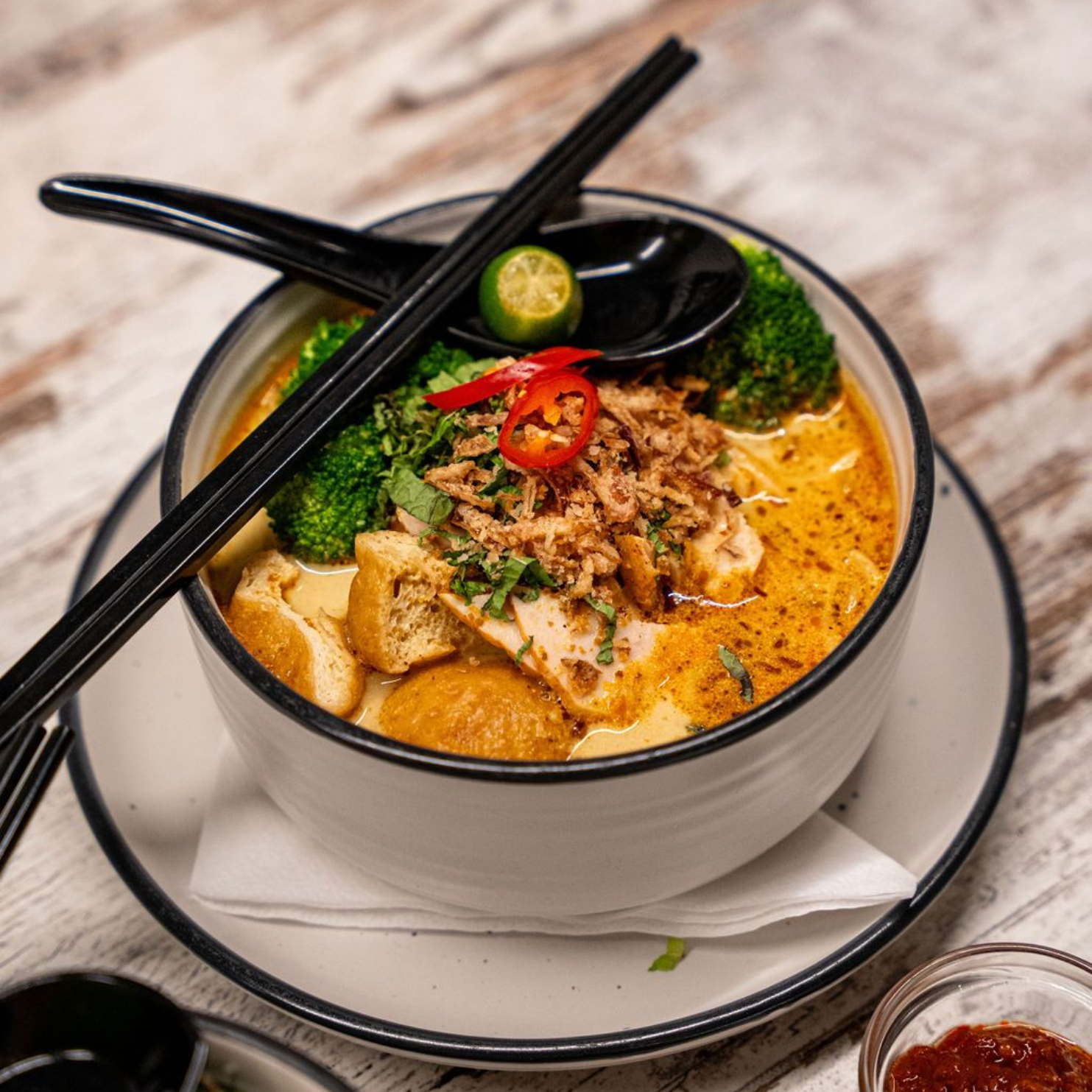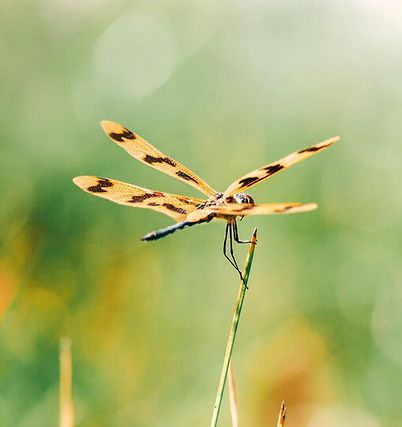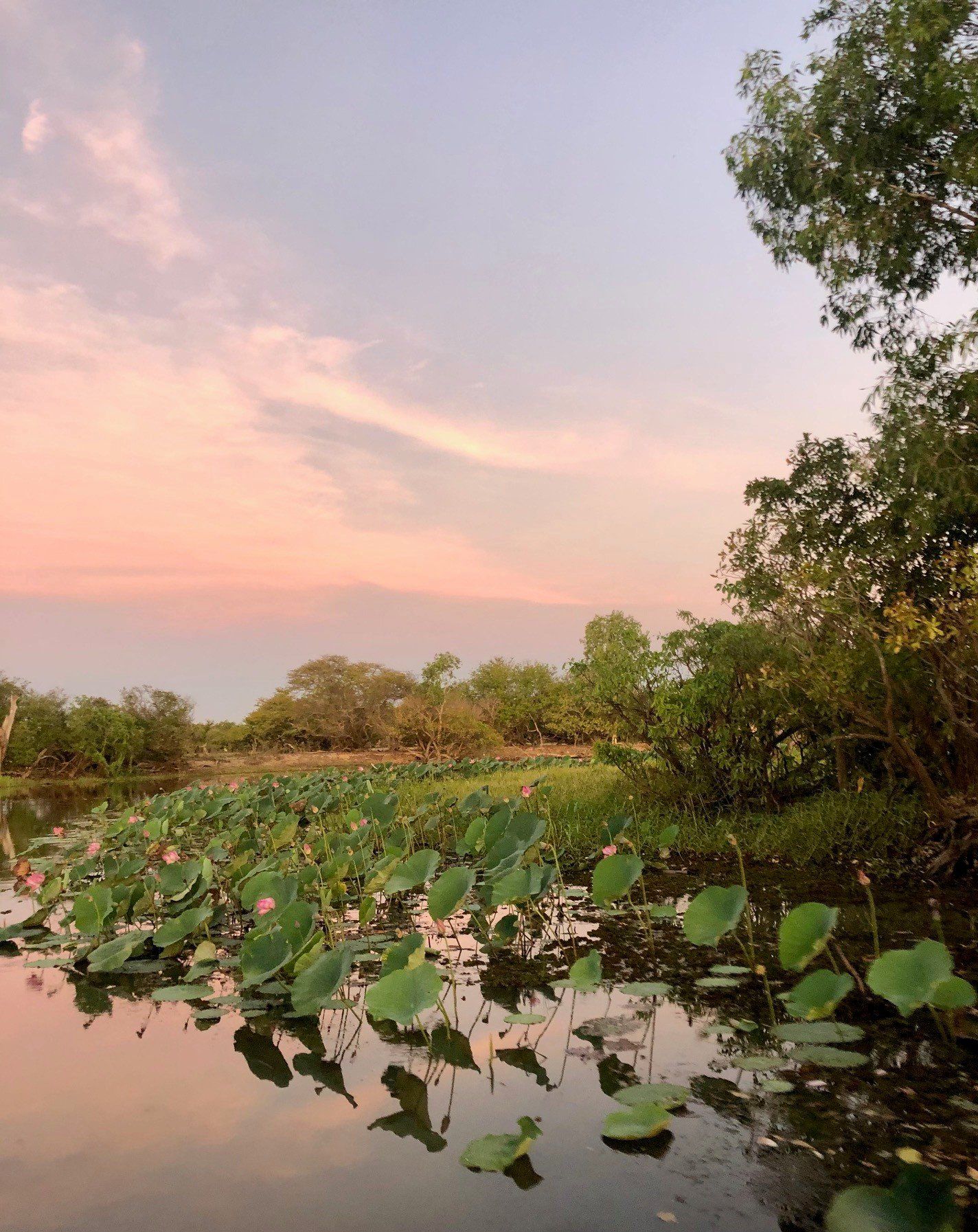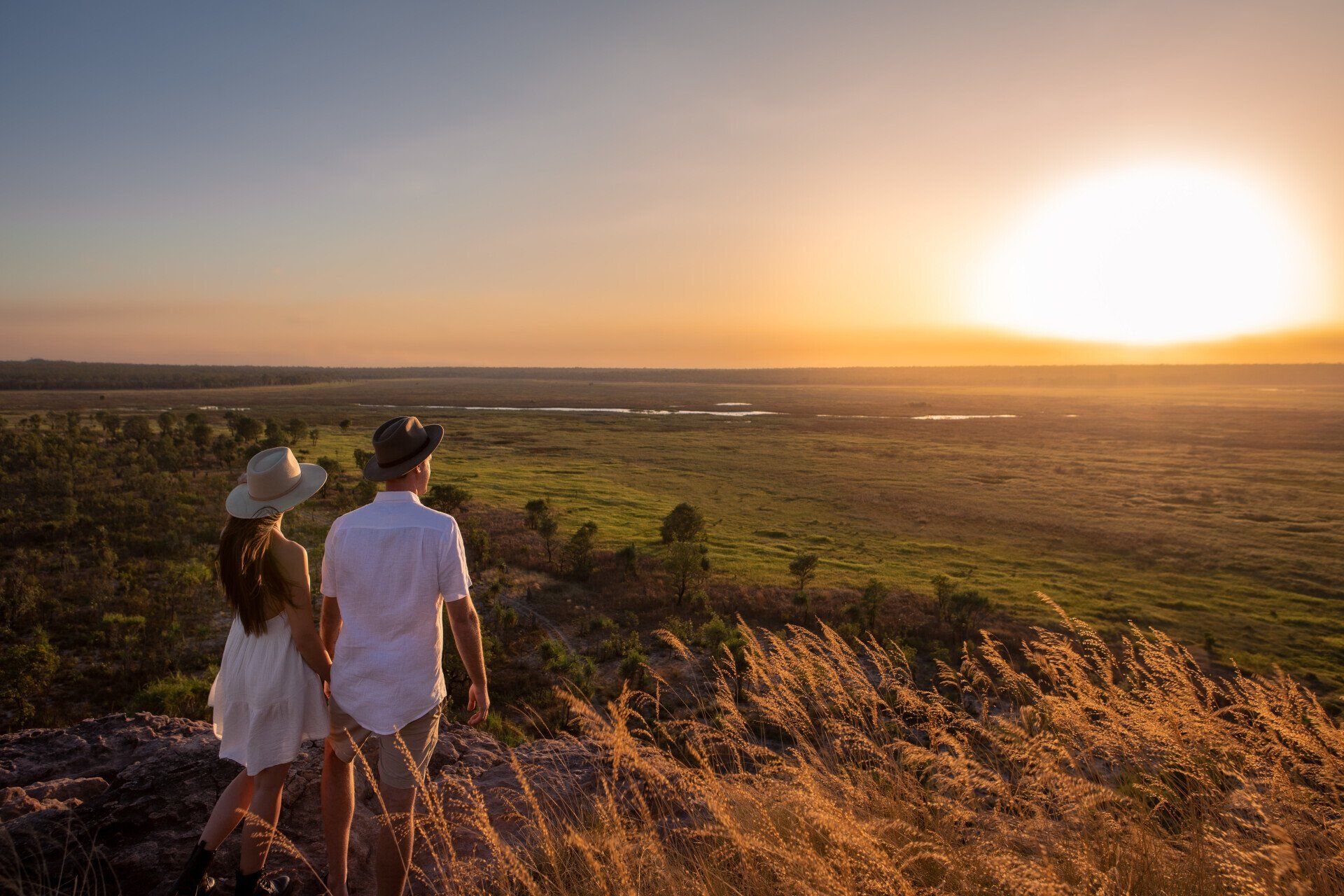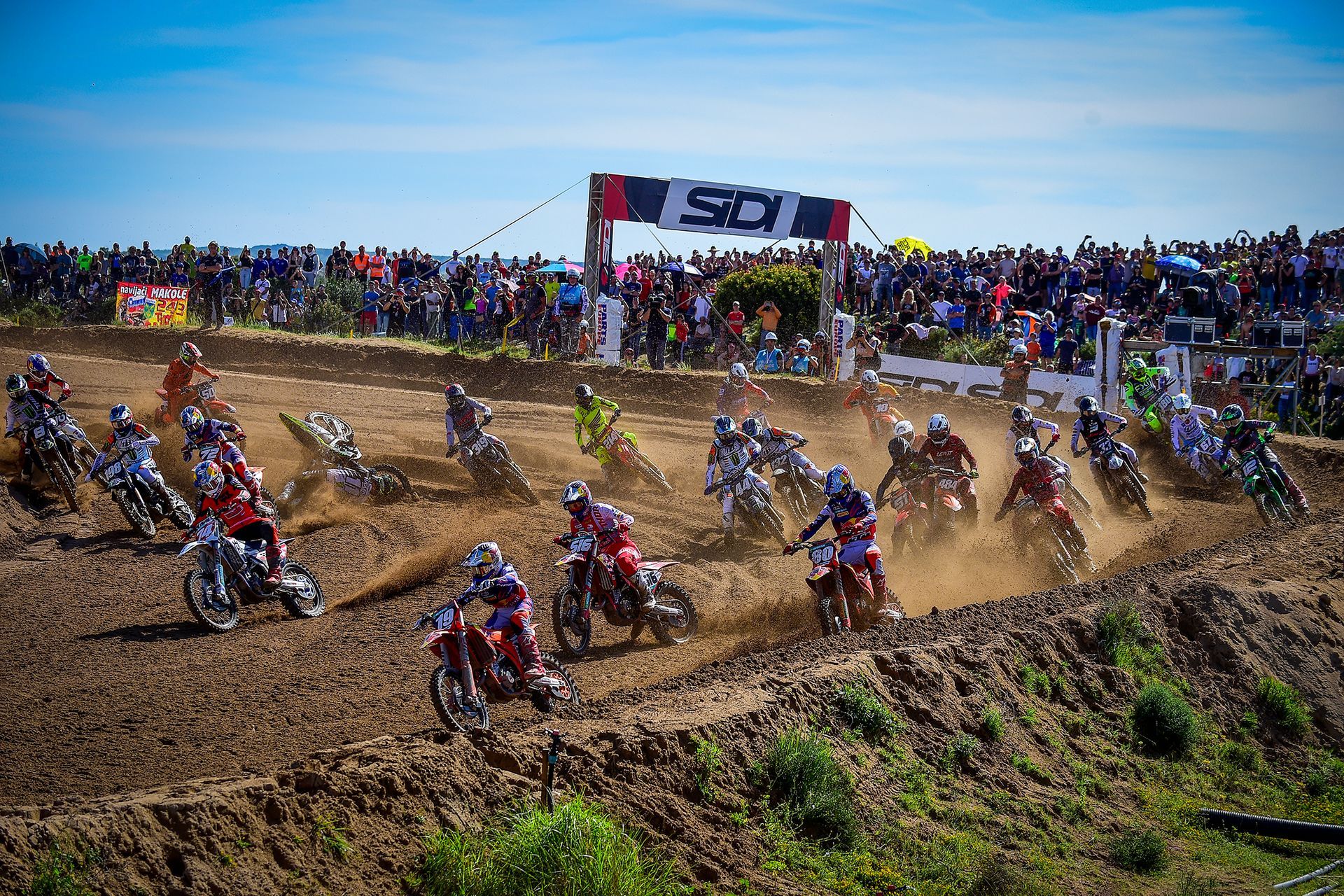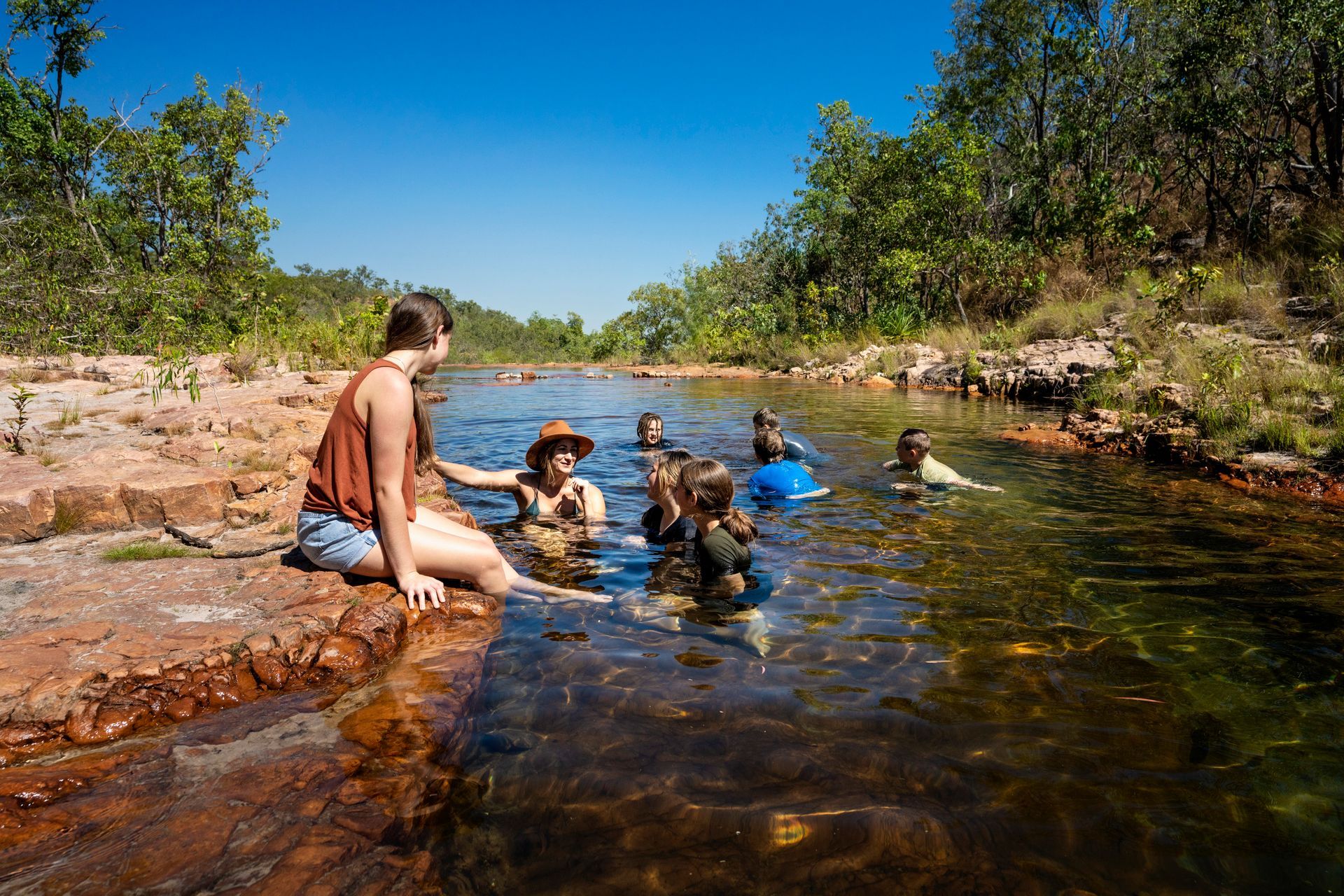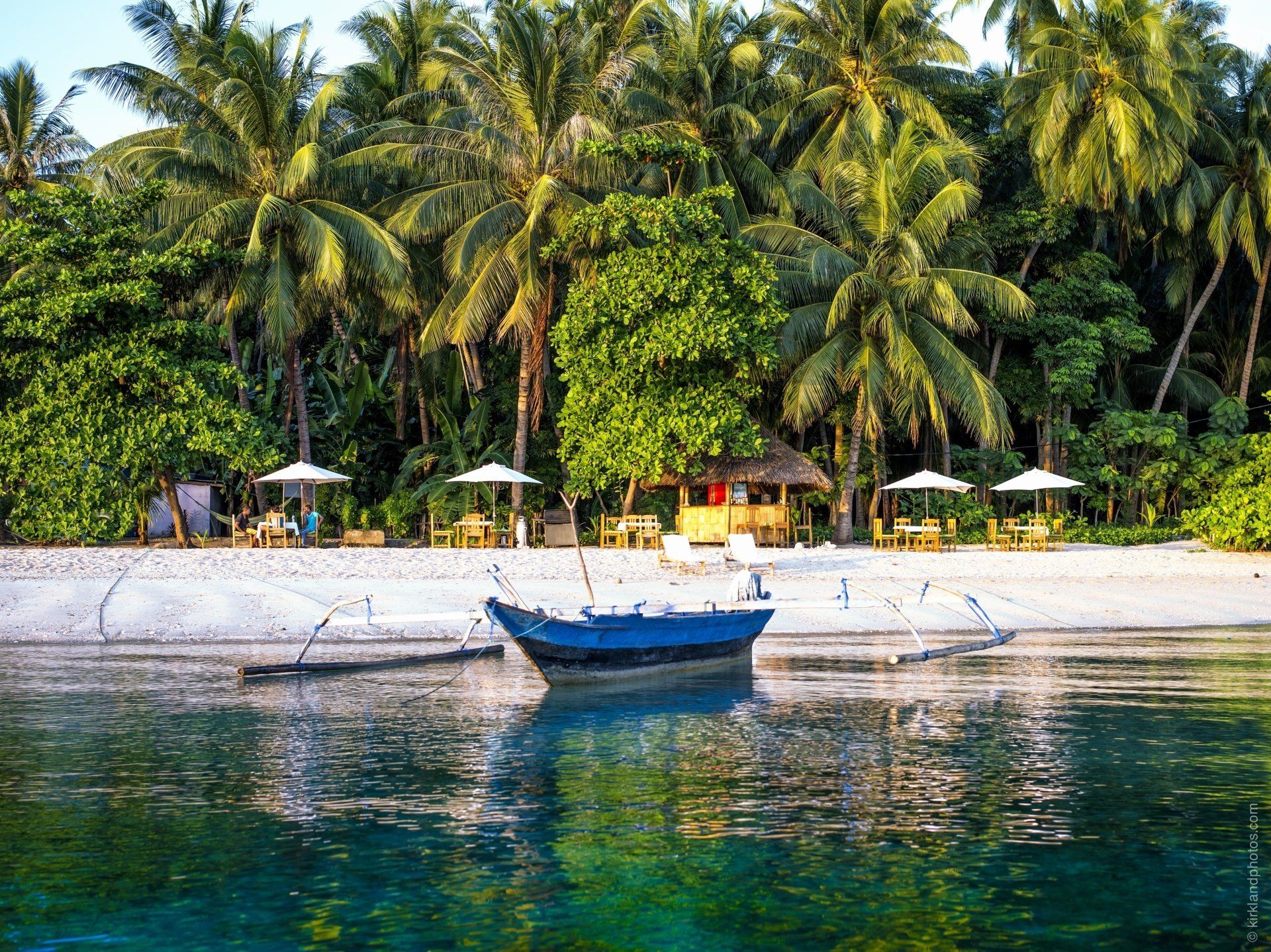How to make the most of Kakadu's 6 seasons
Kakadu National Park has been home to Aboriginal people for more than 50,000 years.
The traditional owners of Kakadu are Bininj in the north and Mungguy in the south.
Bininj and Mungguy people have adapted and used the land for food, shelter and health. Their 6 seasons have been built from their connection to the land and are marked by changes in the skies, rainfall, plants and animals.
Learn about Kakadu’s seasons and how to make the most of each.
Kudjewk
Monsoon season
December to March (24°C – 34°C)
Also known as the ‘tropical summer’, this is when the land really comes to life. During this period of thunderstorms, heavy rain and flooding, you’ll get to experience an explosion of plant and animal life.
Kudjewk’s heat and humidity can deter some people from exploring the Top End at this time of year, but it’s arguably the most spectacular time to see the landscape at its most lush and green.
Magpie geese nest in the wetlands, female Ginga (Estuarine Crocodiles) guard their hatching babies and goannas migrate to trees to seek refuge from flooding ground.
Spear grass grows tall and honeyeaters, lorikeets and bats feast on flowering paperbark trees. Waterfalls are overflowing with fresh water.
Our favourite way to experience Kudjewk in all of its green glory? From the air with a scenic helicopter flight over Kakadu’s most impressive waterfalls and floodplains.
Bangkerreng
‘Knock em down’ storm season
Bangkerreng is named after the ferocious ‘knock em down storms’ that rip through the land and flatten all of the spear grass.
Marking the end of the wet season, while flood waters diminish, the land is still green and most plants are still fruiting. Animals are caring for their young and we get a glimpse of clearer skies.
This is an exciting time of year because roads and water holes that have been closed for the wet start to open up for visitors as the rain recedes. Dragonflies also start to come out.
Bangkerreng is during ‘run-off' which is one of the best times of year to catch barramundi as the floodplains drain. Kakadu Fishing Tours run special ‘Run off’ full day fishing tours from March to May, giving you the chance to catch an iconic barra.
Yekke
Cooler (but still humid) season
In Yekke, the weather starts to cool down and the humidity drops.
Billabongs and wetlands are covered with water lilies and early morning mists hang over the flood plains.
During Yekke, Bininj and Mungguy know that dry winds and Darwin woollybutt are a sign to start patch burning to ‘clean the country’ and encourage new growth.
Yekke’s dryer weather means it’s a great time of year to opt for outdoor experiences. If you’re visiting Kakadu, learning about the culture is a must-do and can make your time in the park all the more special. Pudakul Aboriginal Cultural Tours gives you an authentic insight into Aboriginal culture with daily tours throughout Kakadu.
Wurrkeng
Cold weather season
Most creeks stop flowing and floodplains dry out, but many of the main waterholes such as Jim Jim Falls and Maguk remain full and ready for swimming.
Wurrkeng sees an abundance of bird activity on shrinking billabongs, offering a great opportunity for bird watchers and photographers to catch a glimpse of unique Territory species.
NT Bird Specialists run full day and multi day tours throughout Kakadu, taking you to the best spots in the park.
Kurrung
Hot and dry season
Expect hot and dry weather as we say goodbye to the cool Wurrkeng season.
While it’s uncommon to get much rainfall in Kurrung, thunderclouds start to build high in the sky signalling the return of Kunumeleng and humidity creeps in. You can also tell that Kunumeleng is around the corner as white-breased wood swallows arrive in Kakadu.
As popular swimming holes start to dry up, Kurrung is a great time to explore the spectacular Yellow Waters Billabong by boat. Starting at the end of Jim Jim falls, enjoy a cruise along the wetlands and see Kakadu wildlife among the paperbark, pandanus and freshwater mangroves.
Kunumeleng
Pre-monsoon storm season
Humidity is building and rains are more frequent, turning the land lush and green once again.
Billabongs fill up and waterbirds spread out as their habitat expands, while Namarnkorl (Barramundi) travel up the rivers to the estuaries to breed.
In preparation for more rain, this is when Bininj and Mungguy would move camp from the flood plains to the stone country where there is more protection from storms.
With most camping grounds closed for the year from the start of Kunumeleng, Coodina Lodge is a great retreat-style accommodation option in the heart of Kakadu. Use Cooinda lodge as your base to explore the park before cooling off in the pool at the end of the day and enjoying a meal at the on-site restaurant.
